Week Six: Thin Air and Amazing Views
Our group spent the last week of study in Cusco and the surrounding region known as the Sacred Valley. The Sacred Valley, along with the city of Cusco and the ancient city of Machu Picchu, formed the center of the Incan empire. Today it is filled with stunning ruins, Spanish colonial architecture and amazing mountain vistas. The elevation challenged us at times (Cusco sits at over 11,000 feet) but it did not keep us from exploring the marvels of this region of the Andes.
Day 1: After arriving by plane to Cusco, we travelled to the city of Ollantaytambo to get ourselves into a lower altitude for our first night of sleep. We made two stops along the way. In Chinchero, we visited a weaving cooperative where women still use centuries-old weaving techniques and natural dyes to make textiles from sheep and alpaca wool. Further on, we made a stop at Moray, a stunning series of circular terraces believed to have been a kind of agricultural laboratory where the Incas experimented with crop variations.
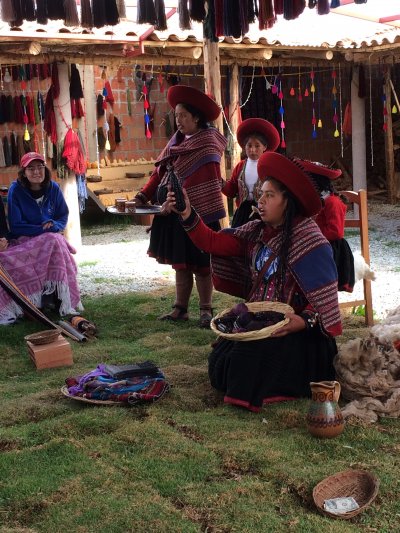
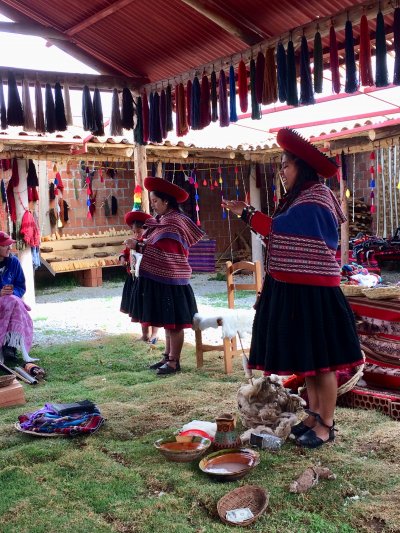
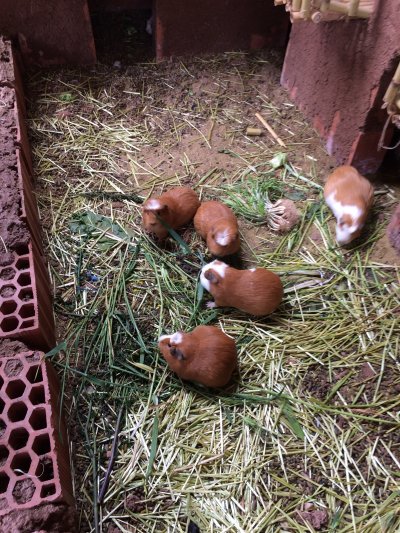
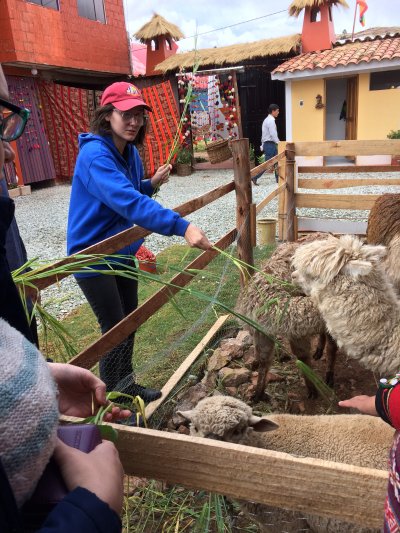
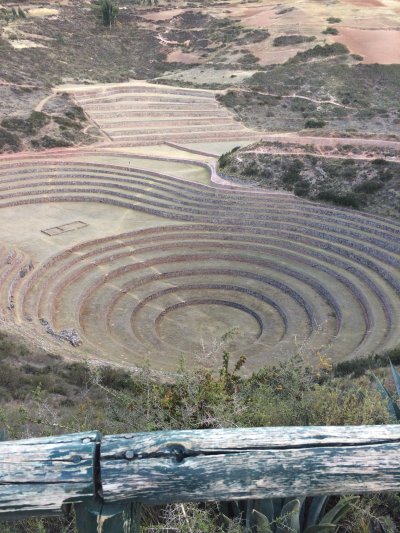
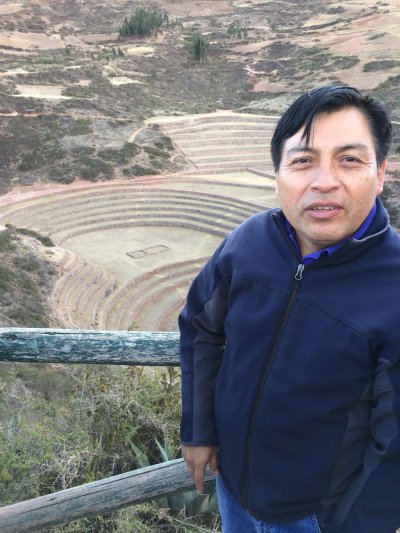
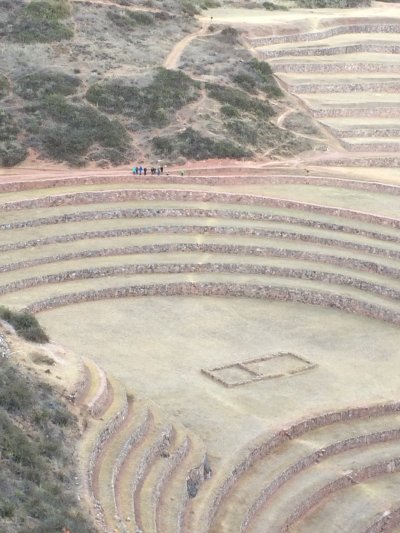
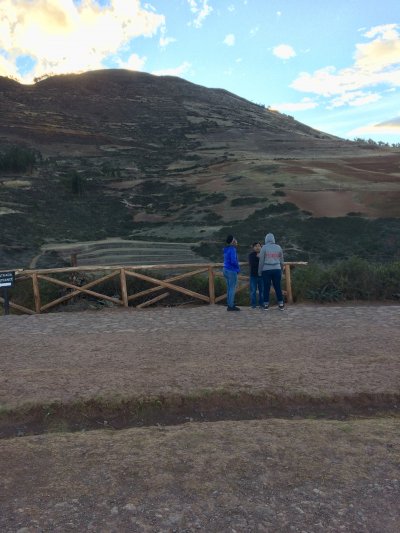
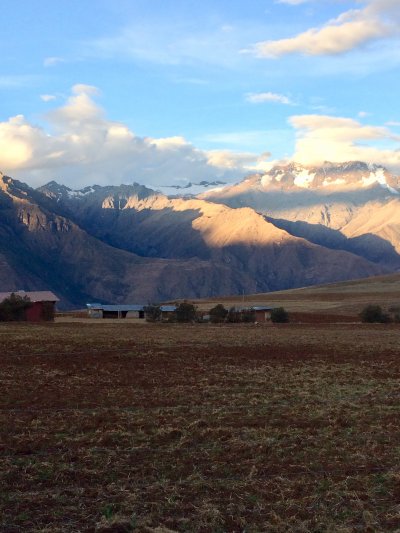
Day 2: We woke up to a beautiful day in the town of Ollantaytambo. Those who were feeling up to it took a morning hike to the Pinkuylluna ruins — Incan storehouses built onto the side of one of the mountains that surrounds Ollantaytambo. Once at the top, the group heard a speech from Ben about the chasqui runners — highly-trained messengers who delivered information across the Inca kingdom. Later the rest of the group joined them for a visit to the Ollantaytambo ruins, a fortress/sacred site of tall terraces and massive stones. We also had a chance to visit a typical Andean house, complete with guinea pigs and traditional cooking and farming implements that have been used for centuries and are still used today. After lunch, we boarded a train for Aguas Calientes, the town that is the gateway to the ruins of Machu Picchu. Once there, we had a chance to sample cuy (guinea pig), a meat commonly eaten in this part of the country.
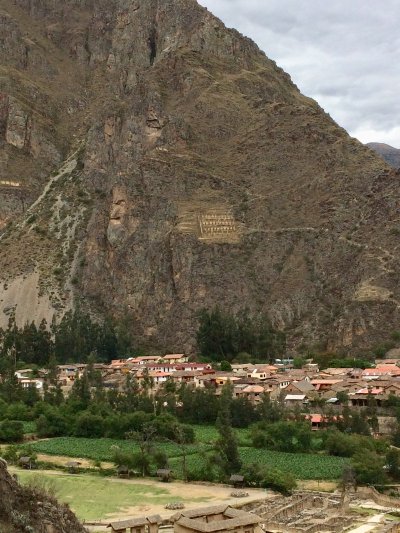
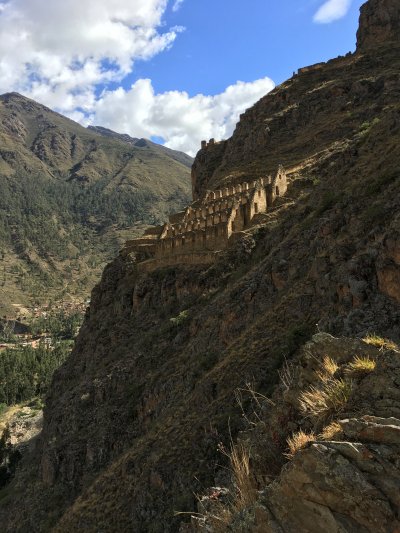
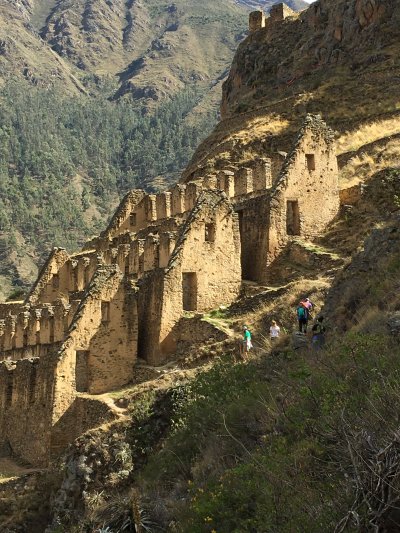
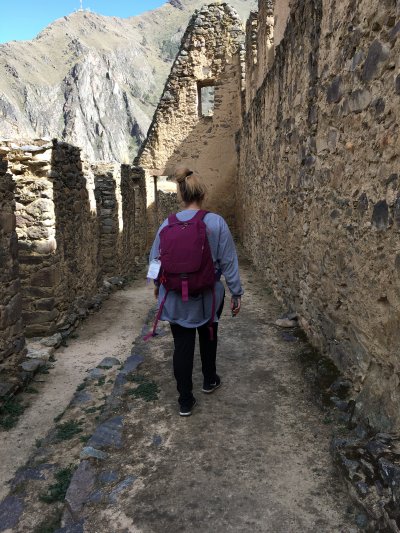
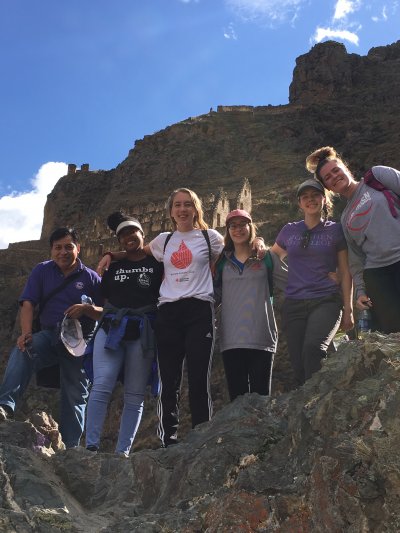

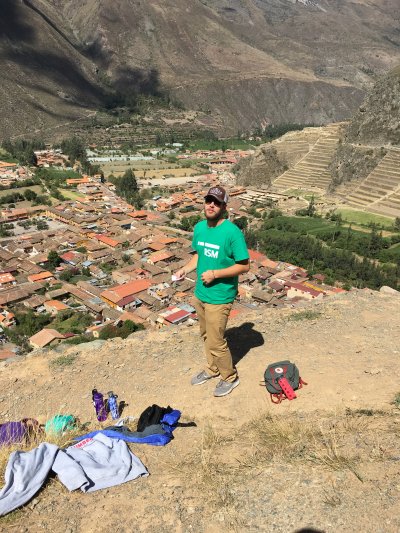
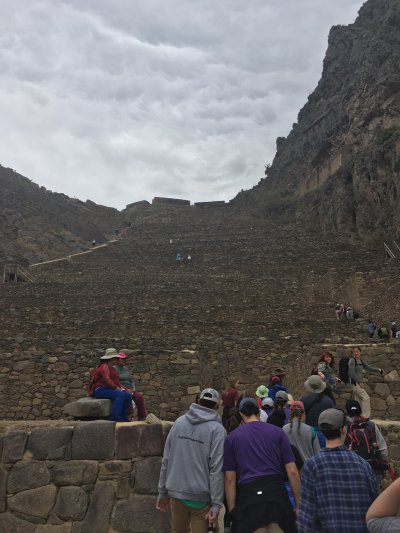
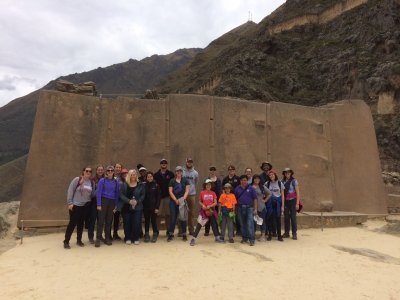
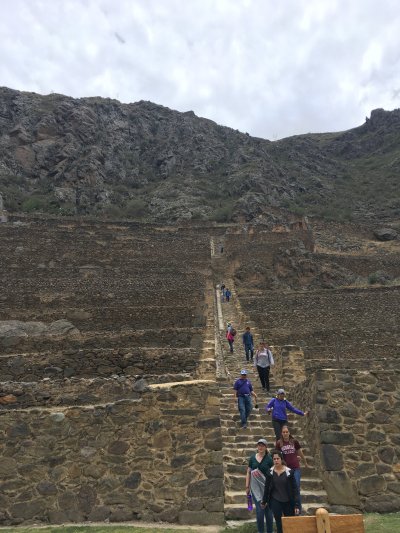
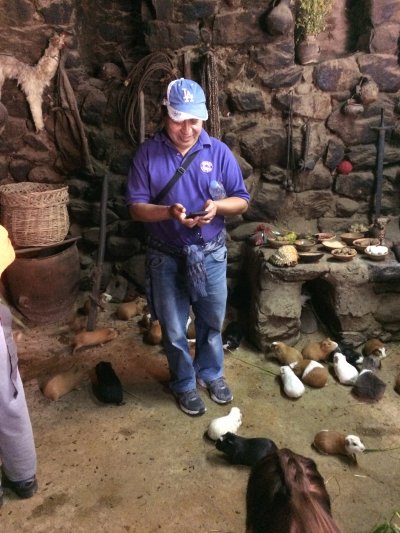
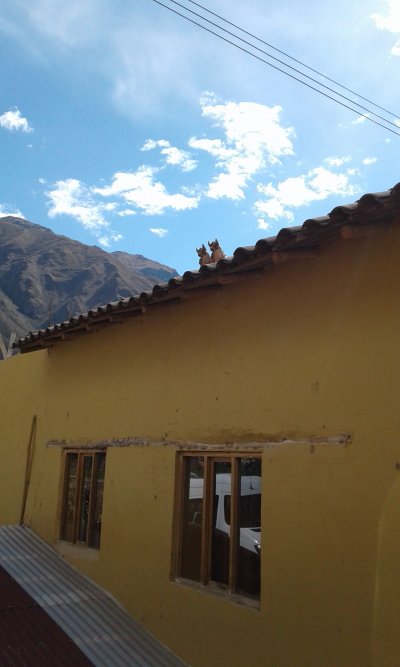
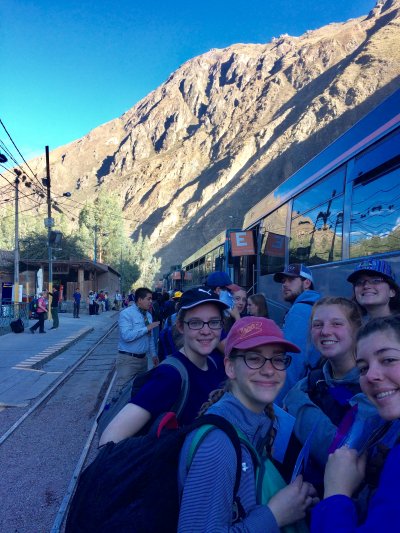
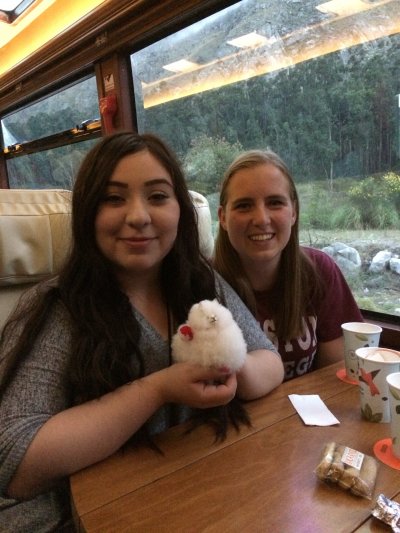
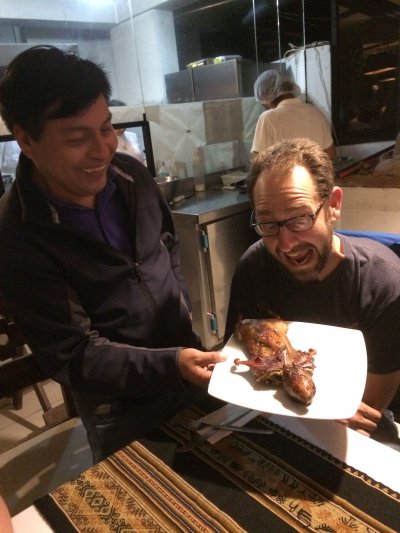
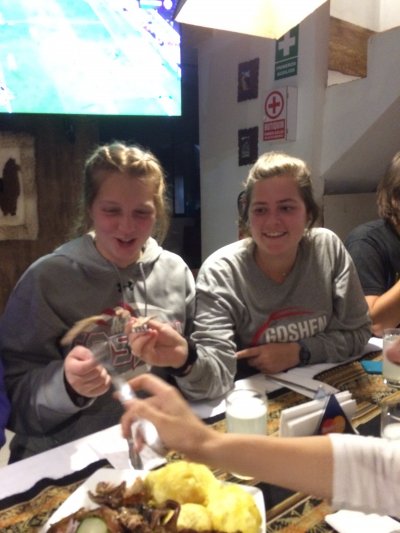
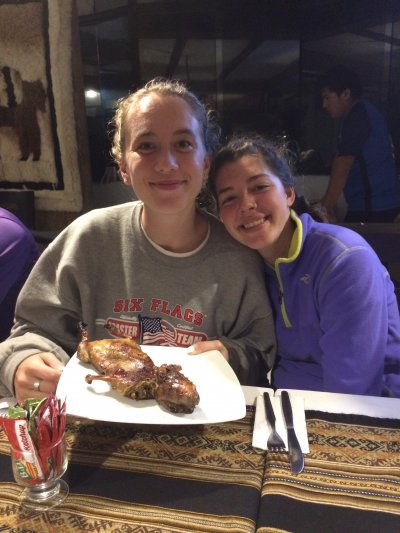
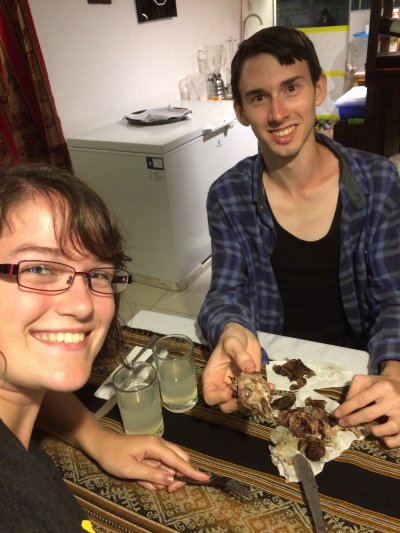
Day 3: After a 5 am breakfast, we donned our rain ponchos and took a short bus ride to the entrance of Machu Picchu. Before touring the ruins, we hiked to the Intipunku, or Sun Gate, a point high above the site which was once the original entrance to Machu Picchu and still serves as the entrance for those hiking in from the Inca Trail. After coming back down, we took a tour of the site, which went in and out of the mist. It was a mystical and lovely morning as we walked through the various sectors of this amazing Incan marvel of natural design and engineering. We boarded a bus back to Aguas Calientes, then took the train back to Ollantaytambo, and finally, rode a bus to the city of Cusco.
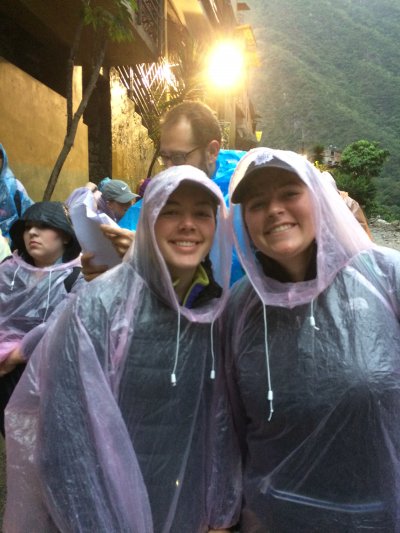
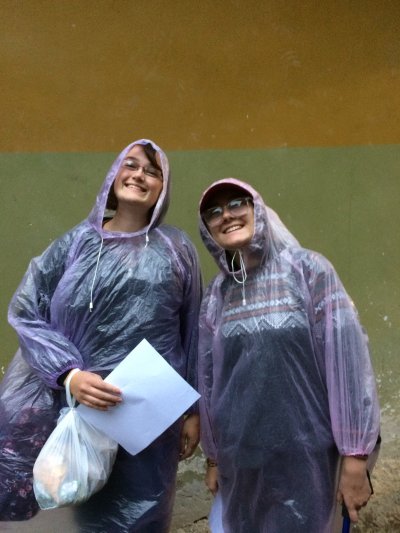
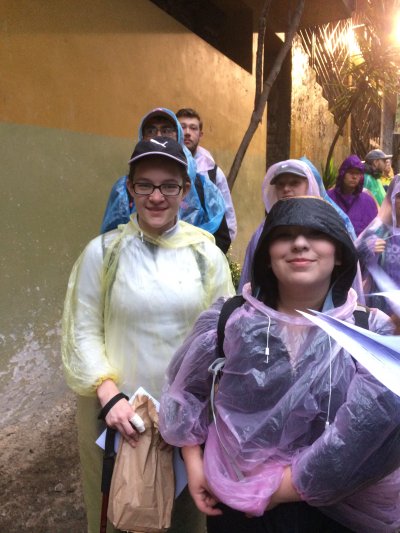
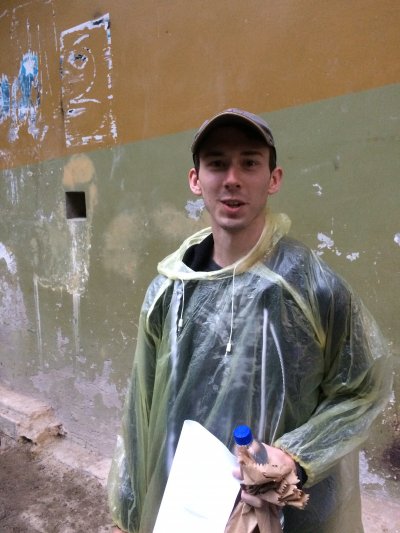

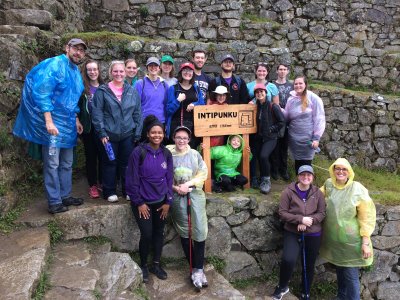
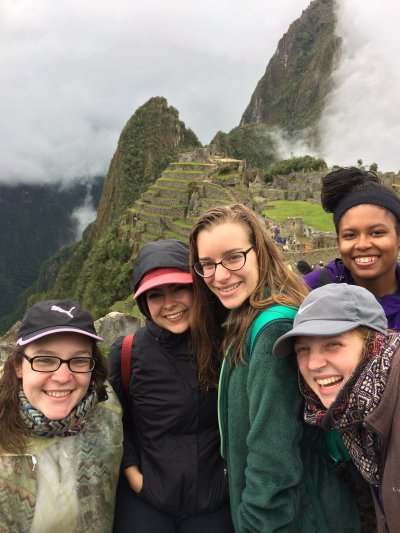
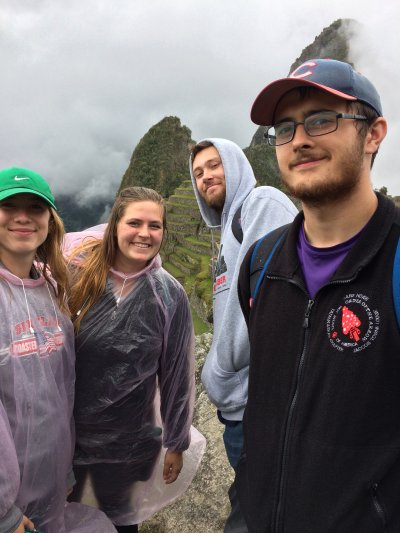
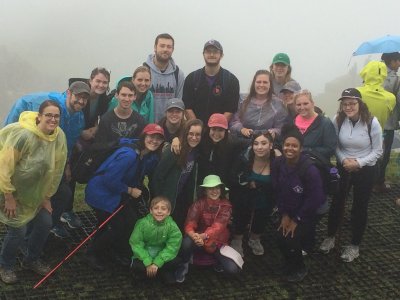
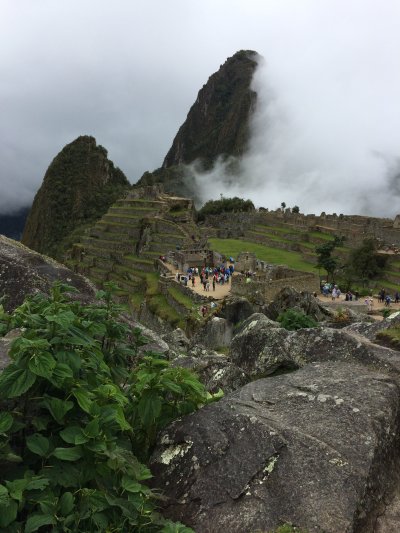
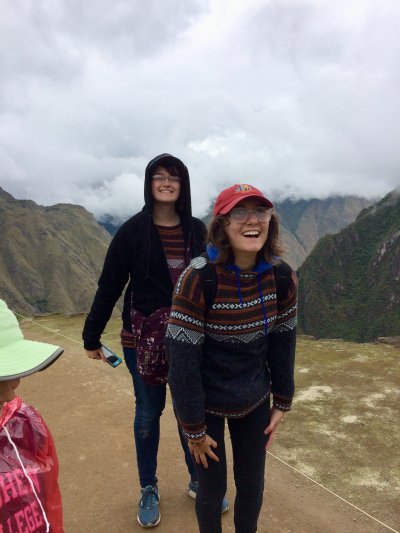
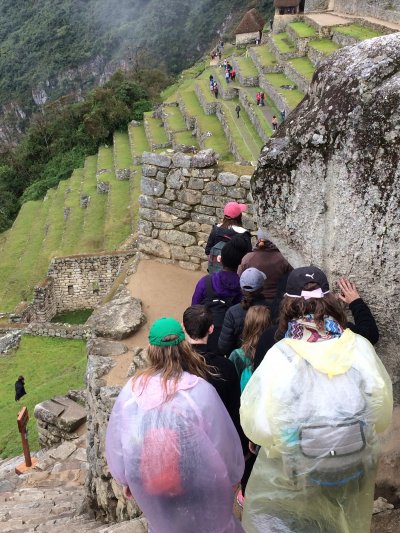
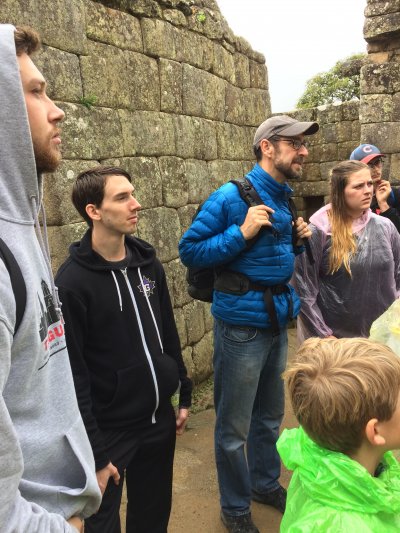
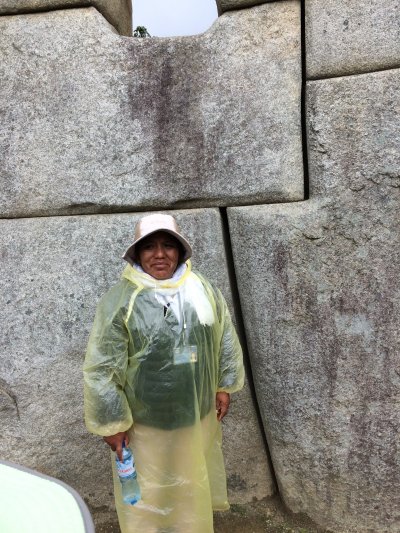
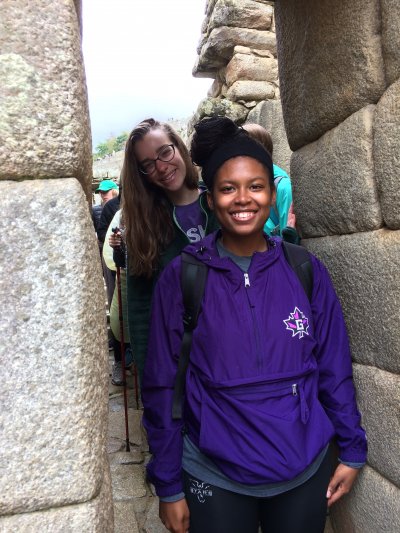
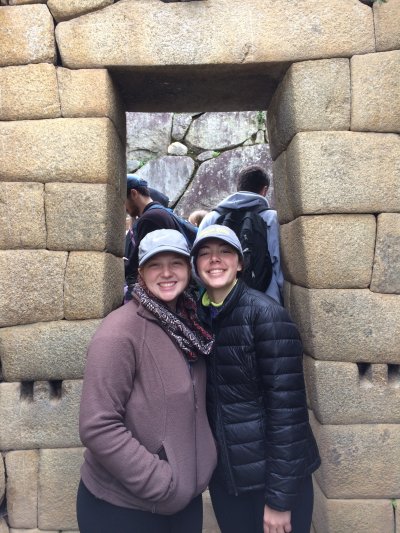

Day 4: We started the day with a visit to the Tipón archeological site. This site of fountains and still-functioning aqueducts is fed by an underground spring and served as a ceremonial site. It was a secluded and lovely place to visit after being surrounding on all sides by tourists at Machu Picchu. We travelled on to the town of Lucre, where we had a lunch of fried trout at a trout farm owned by a Mennonite family. After lunch, we returned to Cusco to visit Sachsayhuamán, an amazing stone fortress on the outskirts of Cusco. At the scenic overlook of the city, we heard a speech from Lars about birds of the Andes, including the majestic condor. Afterwards, we had our last group meal together in the center of Cusco and finished it off with some specialty ice cream in interesting flavor combinations such as quinoa passionfruit, and coffee avocado.

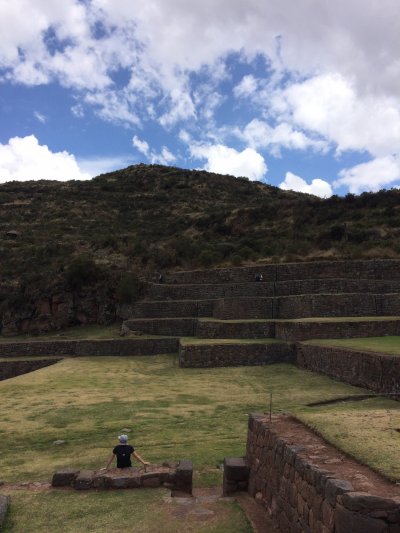
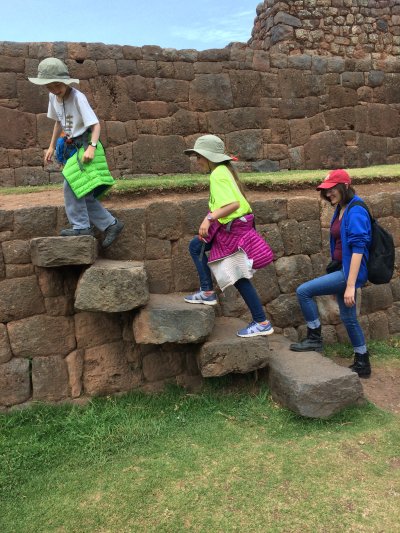
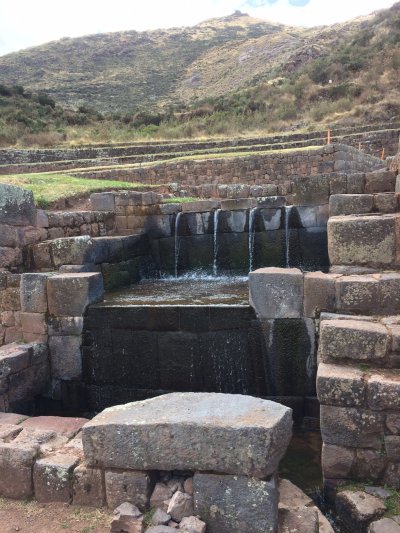
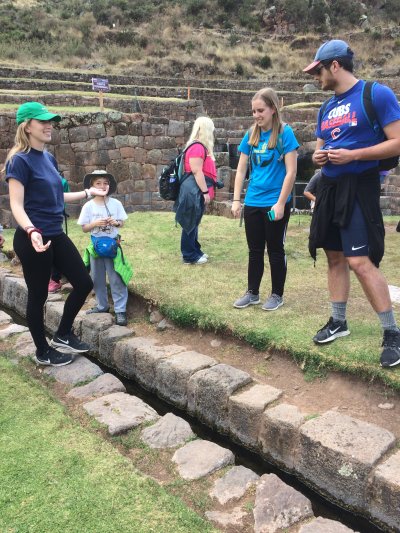
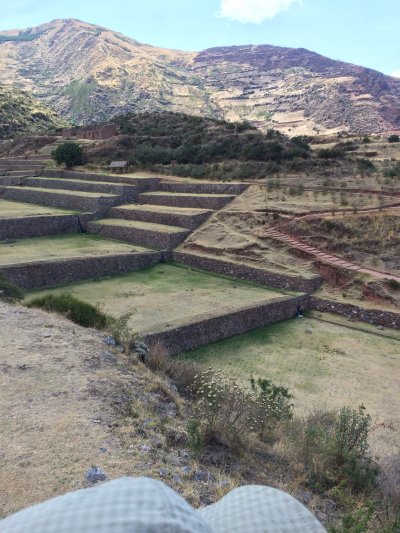
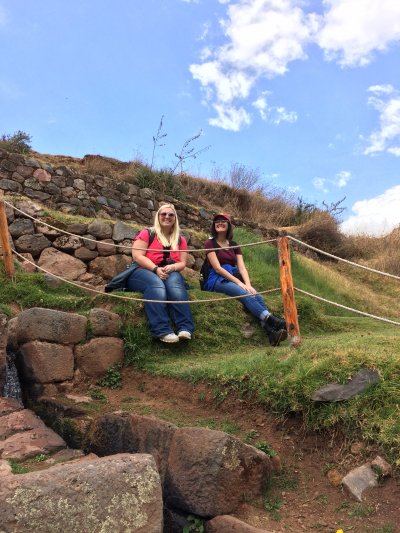
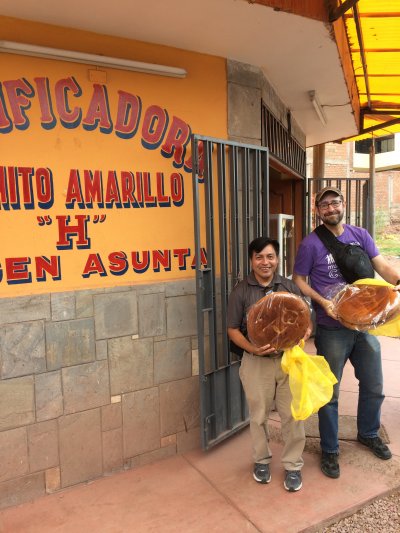
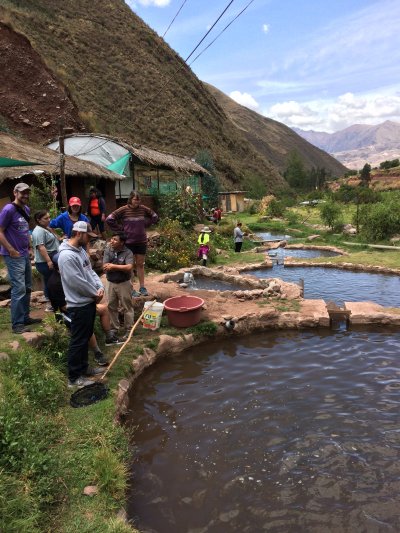
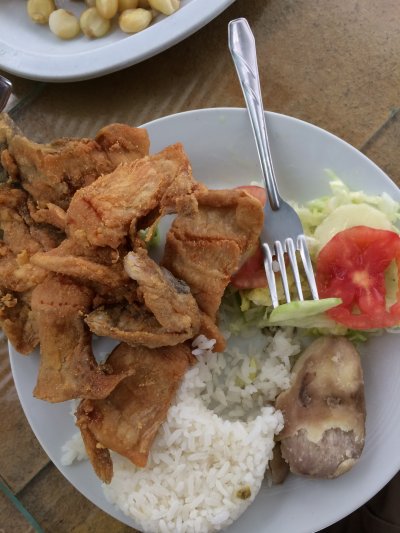
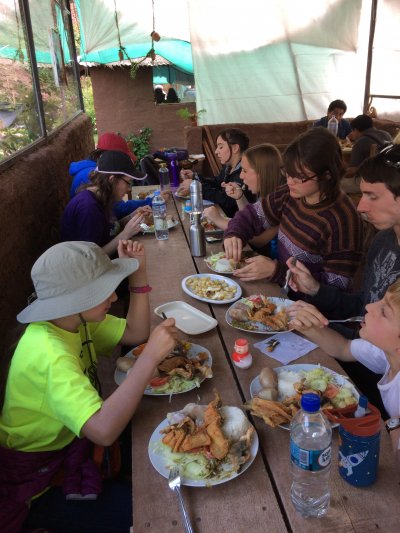
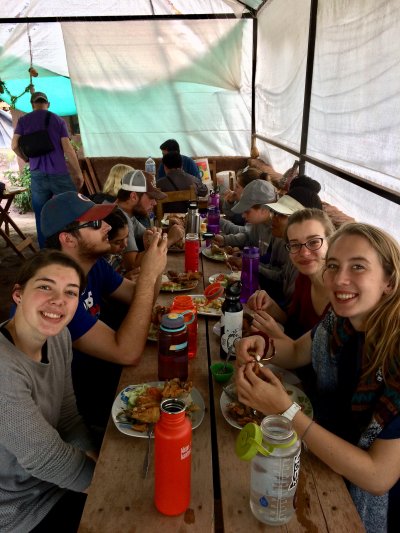
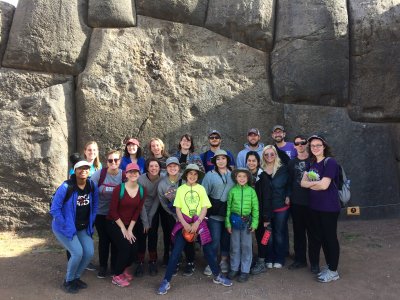
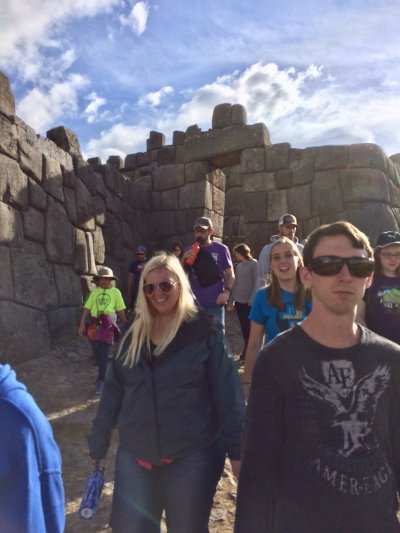
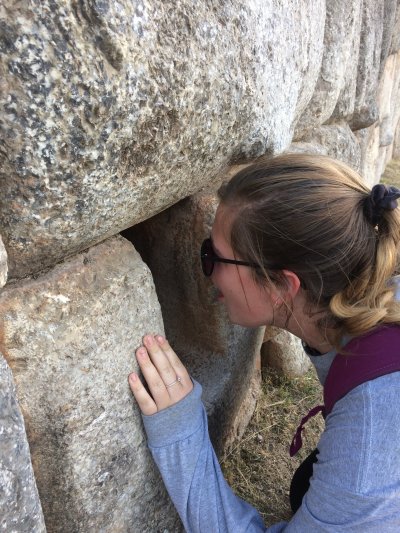
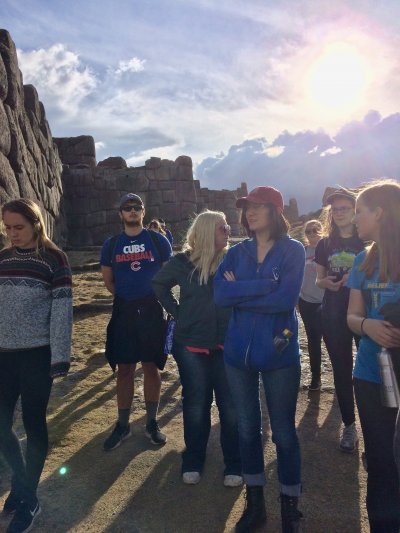
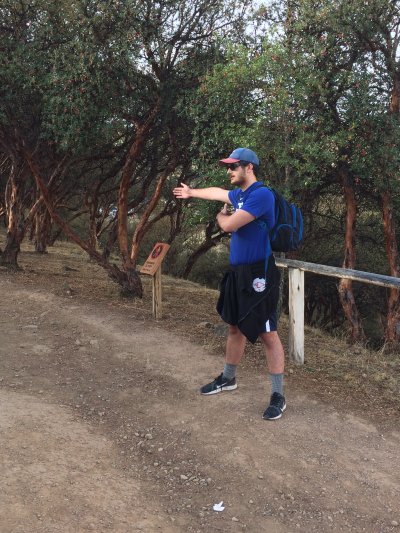

Day 5: After breakfast, six of the students were picked up by their host families and remained in Cusco, where they will begin their service assignments. The rest of the students flew back to Lima and spent the day repacking their bags for their next adventure — the service portion of SST.
On Friday, the 10 remaining students left Lima on overnight buses and were united with their new host families on Saturday morning. We will resume our blog entries when we visit students at their service locations in Arequipa, Cusco, Chanchamayo, and Ayacucho.




